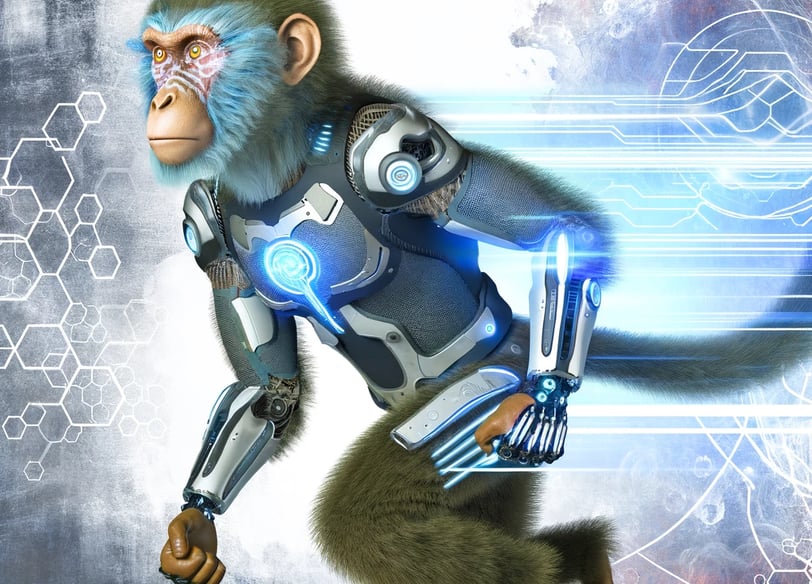The Fascinating Experiment of Elon Musk: Neuralink and Monkeys
Elon Musk, the visionary entrepreneur known for his ventures such as Tesla and SpaceX, has once again made headlines with his latest project: Neuralink. This groundbreaking venture aims to merge artificial intelligence with the human brain, and recently, Musk demonstrated its potential by conducting an experiment involving monkeys.
The Neuralink Project: Merging AI with the Human Brain
Neuralink is a neurotechnology company founded by Elon Musk in 2016. Its ambitious goal is to develop implantable brain-machine interfaces (BMIs) that can enhance human cognitive abilities and revolutionize the way we interact with technology. By creating a direct link between the brain and computers, Neuralink aims to unlock new possibilities for treating neurological disorders and even augmenting human intelligence.
Elon Musk's Experiment with Monkeys
In a recent demonstration, Musk showcased the capabilities of Neuralink by presenting a video of a monkey named Pager playing a video game using only its mind. This remarkable feat was made possible by implanting a Neuralink device into Pager's brain, allowing it to control a computer cursor purely through neural signals.
The experiment involved training Pager to play a simple game using a joystick, while the Neuralink device recorded the activity in its brain. Over time, the device learned to interpret the neural signals associated with the monkey's hand movements. Eventually, Pager was able to play the game solely by using its mind, with the joystick being removed entirely.
This breakthrough not only highlights the incredible potential of Neuralink but also raises important ethical and philosophical questions. While the experiment was conducted on a monkey, the implications for humans are significant. The ability to control devices with our minds could have far-reaching implications for individuals with paralysis or other motor impairments, allowing them to regain independence and interact with the world in new ways.
The Future of Neuralink and Beyond
While the experiment with monkeys is an exciting milestone, Neuralink's long-term vision extends far beyond gaming. Musk envisions a future where humans can seamlessly integrate with AI, enabling us to communicate and interact with technology in ways we can only imagine. From restoring lost sensory functions to enhancing cognitive abilities, the potential applications of Neuralink are vast.
However, there are also concerns about the ethical implications of such technology. Privacy, security, and the potential for misuse are all important considerations that need to be addressed as we venture into this uncharted territory. Striking a balance between technological advancement and safeguarding individual rights will be crucial in shaping the future of Neuralink and similar neurotechnology endeavors.
In conclusion, Elon Musk's experiment with monkeys using Neuralink represents a significant milestone in the field of brain-machine interfaces. It demonstrates the potential for merging AI with the human brain and opens up a world of possibilities for improving the lives of individuals with neurological conditions. While there are still many challenges to overcome, the future of Neuralink holds great promise for revolutionizing how we interact with technology and unlocking the full potential of the human brain.



